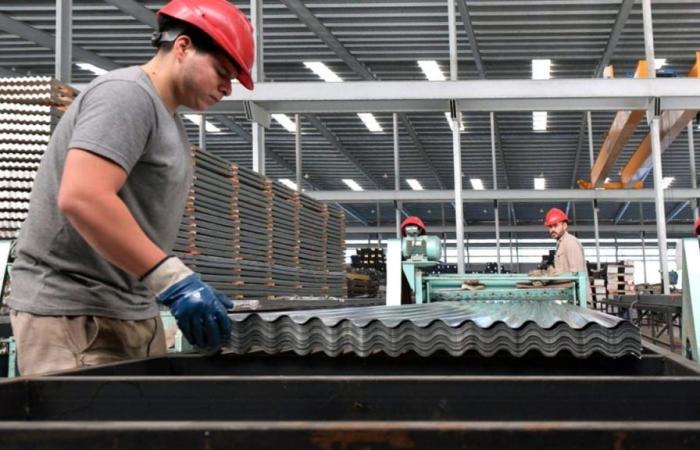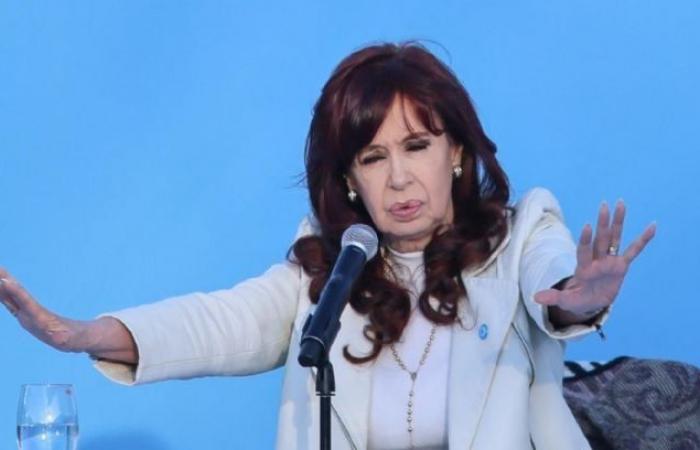Official data confirmed that Argentina experienced a new recessive process between the last quarter of 2023 and the first quarter of 2024. The GDP fell 2.6% between January and March compared to the last quarter of 2023. If we also take into account that in that period a decrease of 1.5% was also recorded, and considering that the economic recession of a country implies two consecutive quarters of decline in activity; Between October 2023 and March 2024, a new recessive period was consolidated.
The data would be anecdotal and even expected in a country in crisis, in which last year it went through an electoral process and which inaugurated 2024 with full devaluation and adjustment. Statistics indicate that this new economic recession It is the seventh in 15 years, and confirms that the Argentine economy has been stagnant for 13 years. Too much time.
The data released in the last few hours by the Indec, sectorally show eclectic indices since they are very different when comparing the last quarter of last year (where the effects of the drought and the lack of foreign currency wreaked havoc on the economy), compared to the first three months of this year, where agricultural activity was the one that was best able to survive the fall in activity; accompanied by the mines and quarries sector.
This economic recession which accumulates a little more than 3% drop in GDP, has as a precedent the dramatic decline of three consecutive quarters of 2020 during the pandemic. Period that showed between April and December of that year a demolition of the product of almost 9.6%.
The recovery of this process began in the first quarter of 2021, a year where the rise in GDP reached 10%. 2022 was a year of weak growth, while 2023 was very close to a new economic recession, from the fall in the Gross Domestic Product in the second quarter of that year. The slight increase in the third quarter of 2023 prevented (or delayed) what was expected. Finally, in the October-December period, the decline began, which was repeated in almost the same percentage at the start of 2024.
Before the 2020 pandemic, the previous recessive process had been experienced by Mauricio Macri in 2018. Thus, of the last 15 years, the Argentine economy will have fallen in 7. In all cases, the contractions of the GDP They were the product of two consecutive quarters (or more) of economic activity.
One by one: the economic recessions that hit the country
The unfortunate period began in 2008, with Cristina Fernández de Kirchner in power and after the emergence of the mortgage crisis in the United States in the world economy. To this phenomenon was added a brutal internal drought, a fierce drop in soybean prices and even the consequences of Influenza A. It was, until now, the recession toughest (and the most justified by endogenous and exogenous factors) of the five recorded in the period. The exit from the crisis was the product of the decision to apply active policies on the real economy that accelerated the reaction of the internal market.
The second recessive period (also during the CFK Government), began in the fourth quarter of 2001 and culminated in the second quarter of 2012, and is related to the effects of inflation (accelerated at that time, but ignored by the leadership of Indec of those years), some exchange uncertainty and the doubts generated in the investment factor by the renationalization of YPF caused the fall of the GDP. It was the least serious process of the five analyzed.
The third period is, to date, the longest, beginning in the third quarter of 2013 and ending in the third quarter of 2014. It coincides with the re-election of Cristina Fernández de Kirchner and includes a devaluation of the peso in January 2014 with Axel Kicillof in the Ministry of Economy and the highest real inflation of the entire Kirchner period. The exit was slow and based on the expectations generated by the election of a successor to CFK that was decided on two supposedly pro-market candidates: Macri and Daniel Scioli.
The fourth recessive process begins in the same electoral period (third quarter of 2015) and culminates in the second quarter of 2016; and includes two important decisions of initial adjustments by the Macrista Government, with high consequences for the real economy: the devaluation due to the exit of the exchange rate (with a consequent inflationary jump) and the increases in the rates of public services for industry and trade. The recovery was quick and the consequences of the loss were unimportant. There was even talk in those days that the adjustment process had been well absorbed by the real economy, and that a long process of growth in the economy could be anticipated. GDP breaking the specter of a fall in every even year.
It could not be. The financial and fiscal crisis that began in April 2018 began a recession that threatened to become the longest in the period (it could last until the second quarter of next year, or even longer). The consolation that Mauricio Macri found is that the fall of the GDP did not reach 6% of Cristina Kirchner in 2009. The pandemic, with the drop of almost 10%, sets the record. We will have to see if Javier Milei manages to maintain the (inevitable) fall of the GDP this year at bay, below 6%. For this we will have to wait for the numbers from the second quarter of the year, where the current President will gamble on the final results.







